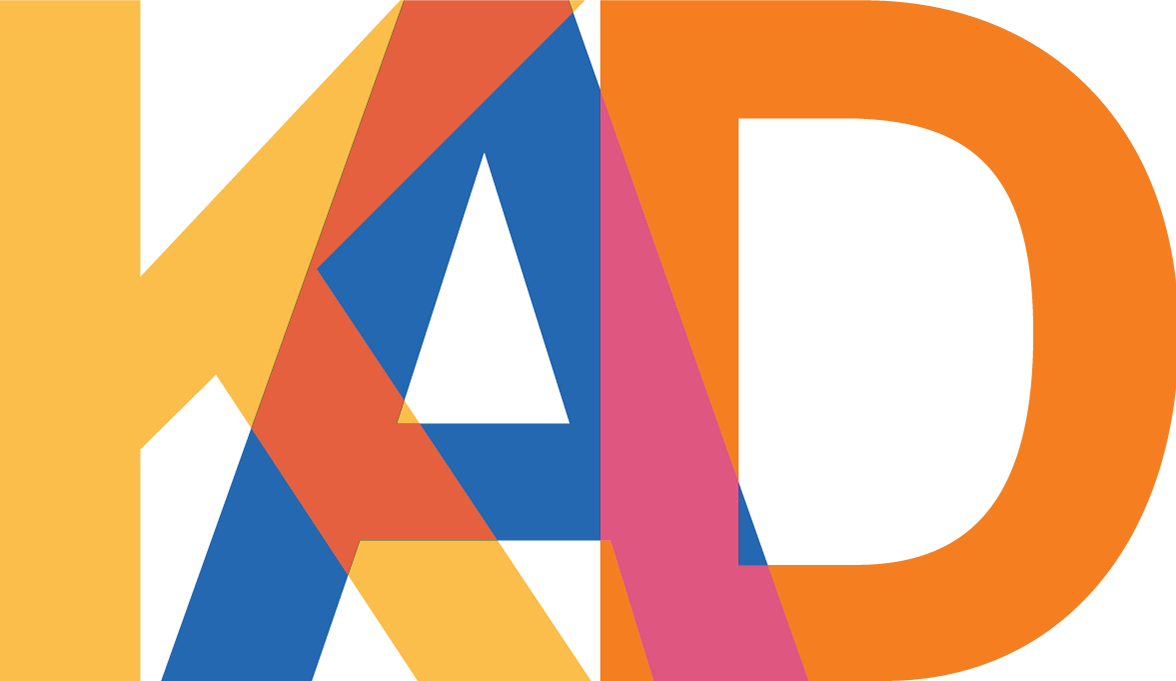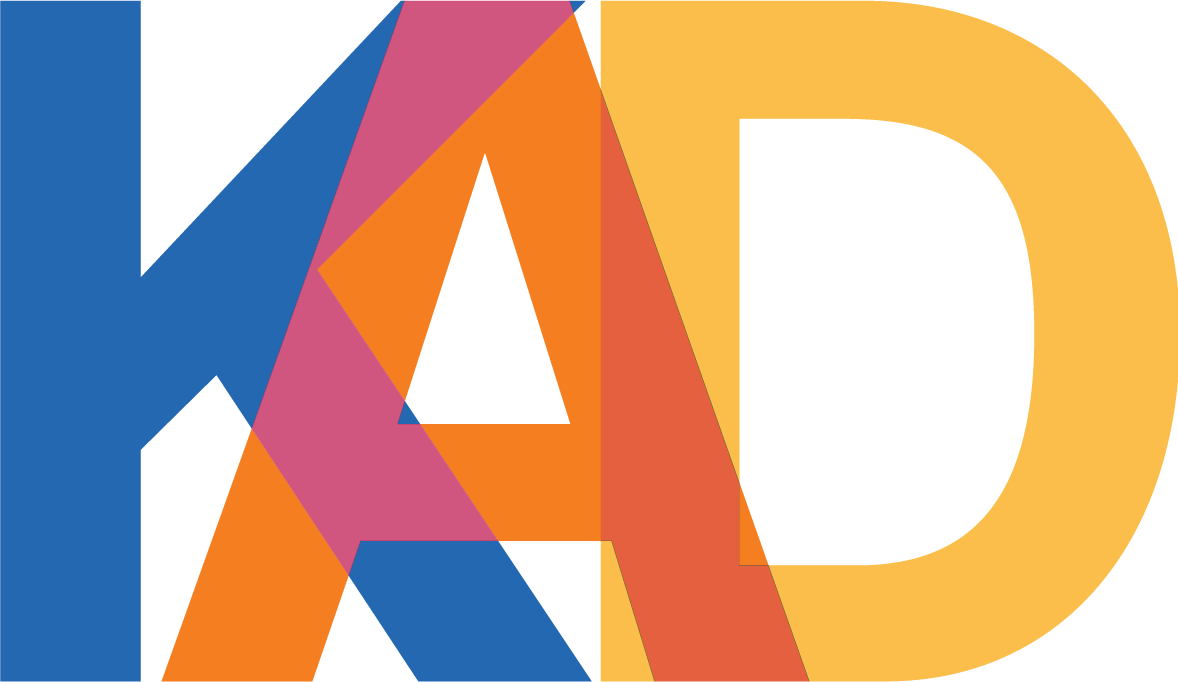Fall 2025
University of Florida
Instructor : Gabriel Gonzalez
University of Florida
Instructor : Gabriel Gonzalez
Alter-Ego is an excavation of a name, my name. Kadmiel is not a chance sound but a decision, carried through generations, placed upon me by those who came before. My full name is a statement of my father and a reminder of my mother’s words, an inheritance that carries both their presence. It is a vessel, a framework that I now reimagine through architecture. In tracing the syllables, I uncover structure; in the weight of its meaning, I find foundations. What is built here is more than form, it is the echo of legacy, a translation of identity into space. Alter-Ego becomes both mirror and departure, a dialogue between who I am and who I am becoming, constructed in the language of design.
Preliminary Lines, Emerging Identity
These diagrams are the first attempts to translate my name into form. Each sketch is a search, a mapping of syllables and meaning, an effort to decipher where identity is located and where belonging takes shape. The lines do not resolve answers but open possibilities, tracing a path between inheritance and self. They are preliminary marks, yet within them the foundations of identity begin to emerge.
Anchored Lineage, Branching Self
This final diagram closes the study by holding my name as both anchor and origin. Set to the right, where tradition finds its density, it becomes a gravitational point around which the story of identity unfolds. From this core, a datum extends outward, a structural line that carries the dual inheritance of father and mother. My first, middle, and last names were chosen by my father, his presence pressed into the framework of who I am, shaping the strongest foundation. My mother’s identity arrives through a single hyphen, quiet yet unbroken, a joint that connects her name to mine.
The repetition of squares in the corner exaggerates time itself, each one a pulse, a reminder that every second counts, and that even in length and repetition, meaning accumulates. Curves weave through the composition like ligaments, binding parts to whole, emphasizing the connections that allow for expansion and branching. The diagram becomes more than geometry, it is a narrative drawing, where inheritance becomes structure and structure becomes self.
In closing, Alter-Ego stands as both mirror and construction: a translation of name into architecture, of legacy into form. It is not only an analysis but a testament to how identity is built, carried, and reimagined through the lines we inherit and the lines we choose to draw. At its center is Kadmiel, the decision of those before me and the foundation of who I am becoming.

